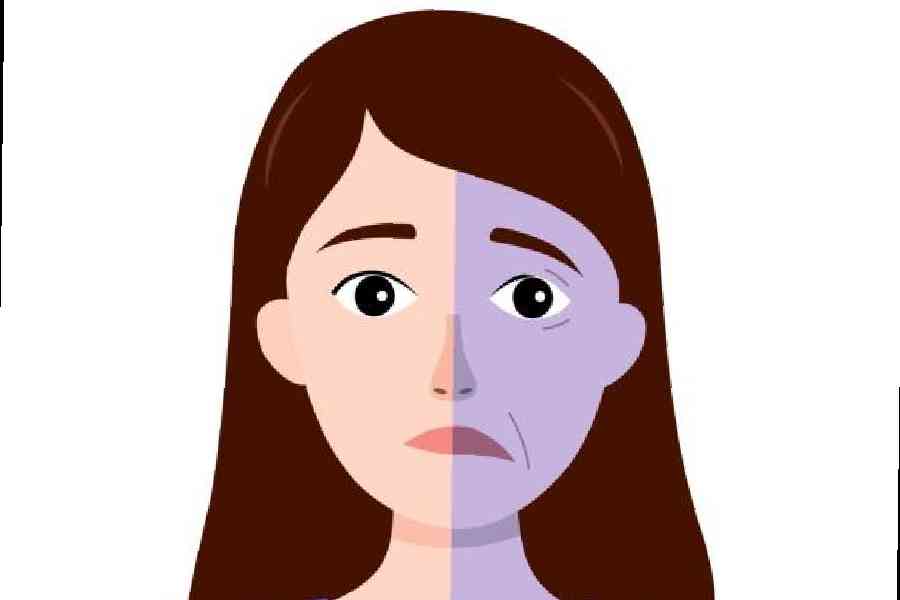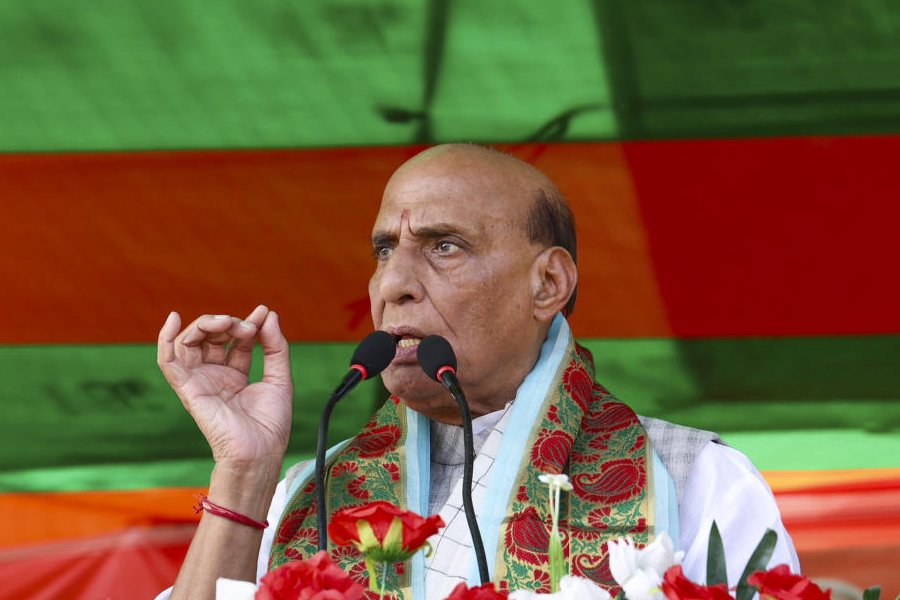The two sides of our faces are relatively symmetrical, but sometimes, suddenly, one half starts to droop. The eyes won’t close and there may be drooling. This is due to facial palsy, considered a bizarre and mysterious disease. It was even considered a curse or witchcraft in ancient times.
There is little warning before the paralysis. There may be tingling and peculiar pricking sensations over one half of the face, ear pain, fever or headache.
The seventh cranial nerve (called facial nerve) controls the muscles of the face. It emerges from a narrow opening in the skull behind the ear. It is affected by ear infections, tumours, nerve disease nerve, Gillian-Barre syndrome or a stroke. Trauma can also damage it. It can be impacted by viral infections, especially from the herpes family, coxsackie and flu. The opening through which the nerve emerges is very narrow and infections can make the nerve swell. It then gets compressed and damaged.
Facial palsy can occur at any age but it is commonest between the ages of 15 and 40. It affects one in 60 people and occurs equally in males and females. It is commoner during pregnancy and in people with diabetes, hypertension or obesity.
Children can be born with facial palsy. It may be a congenital disability or have occurred during the birth process as a result of forceps delivery or some other trauma.
Facial palsy makes the face appear asymmetrical and even grotesque. Speech may be slurred and unclear as the patient has difficulty enunciating words. The affected eye may be permanently open.
In most people, facial palsy recovers spontaneously in one to six months. In others, it may be permanent or recur on the other side. Sometimes, members of families get recurrent attacks of facial palsy. In these cases, there may be a genetic predisposition.
In cases of facial palsy, an ENT evaluation needs to be done to rule out local causes and ear infections. Blood tests can check for diabetes, hypertension and elevated lipids. CT or MRI scans can detect tumours in the brain or the facial nerve itself.
Treatment is usually symptomatic. Sometimes, plastic surgery may need to be performed.
Most people recover from facial palsy within six months. Sometimes, the nerves do not regenerate properly or they reconnect to the wrong muscles, so when you try to close one eye, the other eye closes and your speech remains slurred. This problem can be tackled with retraining and physiotherapy.
To protect yourself from getting an attack of facial palsy, make sure diabetes and hypertension are under control. Yearly flu vaccines can prevent infections.
Chickenpox (caused by the Varicella virus) can be prevented with a vaccine. But subsequent exposure to the virus leads to herpes zoster. Treat herpes infections promptly. Exercise regularly for immunity.
The writer has a family practice at Vellore and is the author of Staying Healthy in Modern India. If you have any question on health issues please write to yourhealthgm@yahoo.co.in











